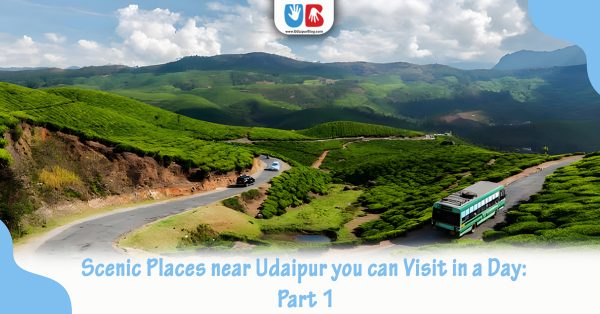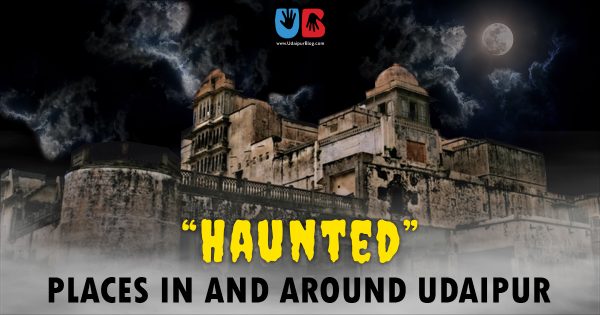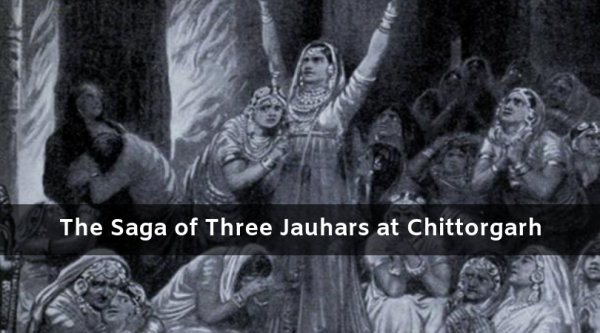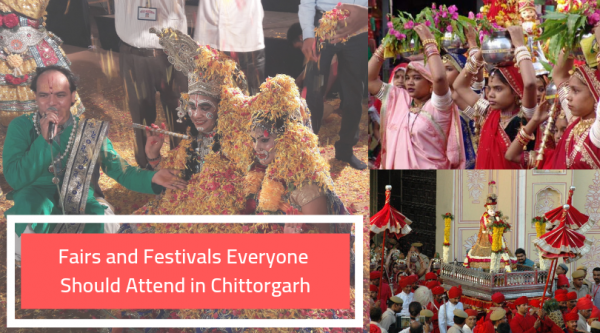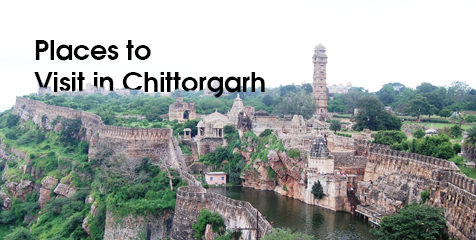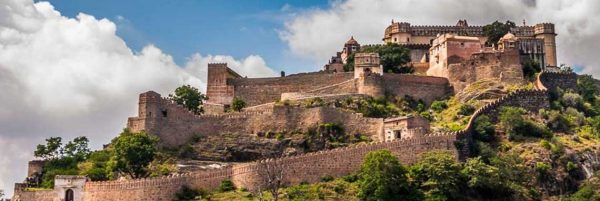Posted inPlaces to Visit
Scenic Places near Udaipur you can Visit in a Day: Part 1
It’s famously believed that a beautiful thing leads to another beautiful thing. Udaipur is one such thing, rather a place, neighboring with surplus beautiful destinations. All we need from a…
